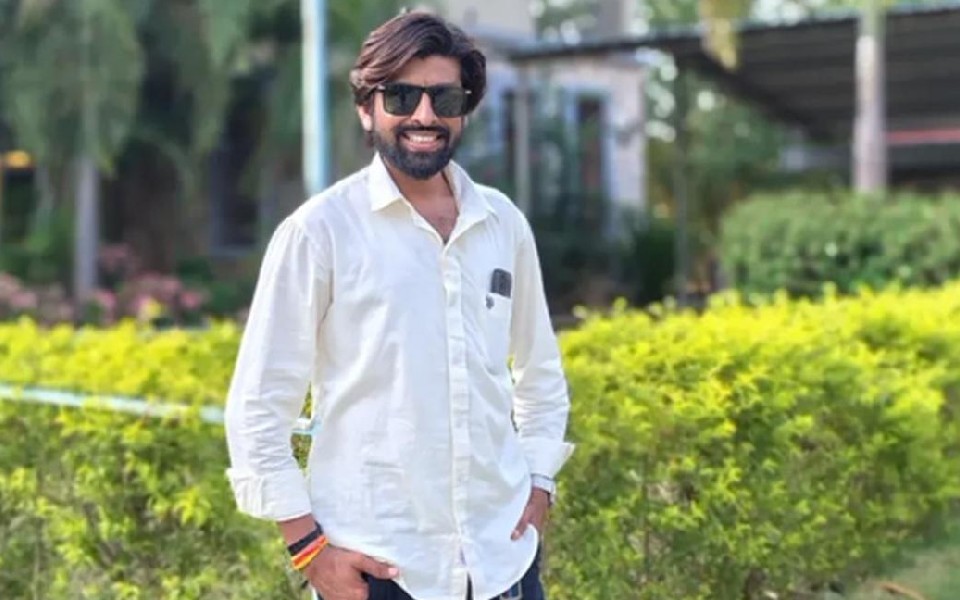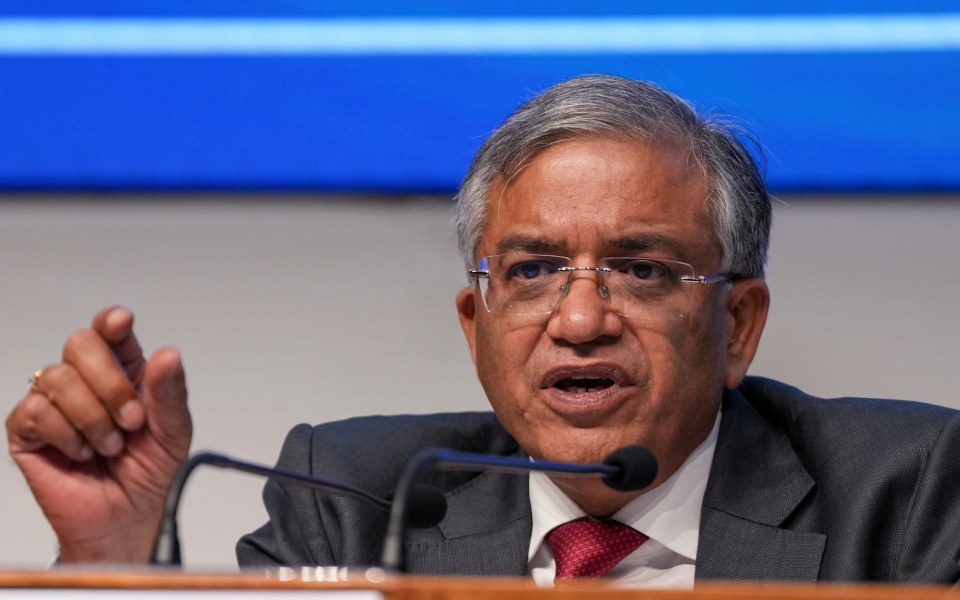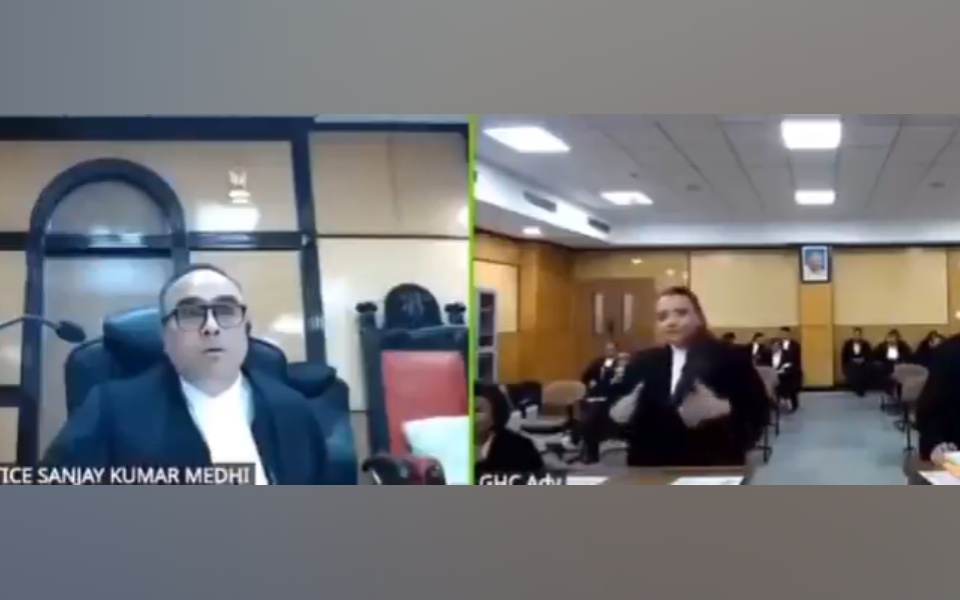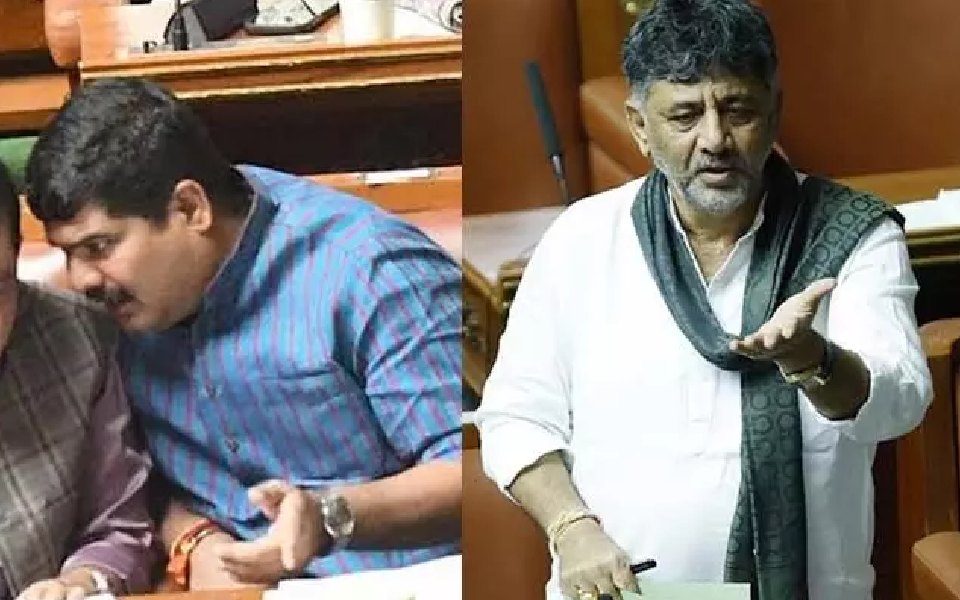Ahmedabad, Jun 21 (PTI): Filmmaker Mahesh Jirawala, who was reported missing following last week's Air India plane crash in Ahmedabad, has died in the catastrophe as confirmed by the DNA matching of samples, a police official said on Saturday.
Jirawala, 34, was passing by from the area on his two-wheeler just when the London-bound plane plunged into a hostel complex in Meghaninagar part of Ahmedabad moments after taking off from the city's international airport, he said, adding that his mortal remains were handed over to his family.
A total of 270 persons - 241 on board the aircraft and 29 on the ground - were killed in the crash, one of India's worst aviation disasters.
Joint Commissioner of Police, Sector 2, Jaipalsinh Rathore said the DNA test confirmed that Jirawala died in the plane crash, but as his family members were still in disbelief, the police collected and presented other evidence, such as CCTV footage of the road and his burnt scooter, in order to clear their doubts and convince them.
"Jirawala's family took his body on Friday after the DNA test confirmed his identity. His scooter, which was destroyed in the fire, was also recovered from near the crash site. The chassis and engine number also matched with the registration documents of the scooter," he said.
"To clear his family's doubts, we collected CCTV footage of that area to establish that he was indeed using that route for some time. His last mobile location was last traced close to the accident site," the officer added.
Since many of the bodies were burnt beyond recognition or damaged otherwise, authorities are carrying out DNA tests to establish the identity of victims of the horrific tragedy.
Soon after the crash, the mobile phone of Jirawala, a resident of Naroda locality in Ahmedabad, got switched off and he never returned home as he had promised to his wife Hetal.
Talking to reporters, she said her husband, who was also known as Mahesh Kalavadiya, was a filmmaker and used to direct music albums.
On the day of the plane crash, Jirawala went to meet someone at the Law Garden area. At 1.14 pm, he called his wife and told her that his meeting was over and that he was on his way home. However, when he did not return, she called on his number but found it switched off.
After the police were intimated, their investigation found that as per the last location of his mobile phone he was 700 metres away from the crash site.
Hetal earlier said she never believed that her husband would pass from that route and eventually get killed in the crash. While maintaining that he would never use that route to come home, his family submitted the DNA samples to check if he was one of those killed on the ground.
Let the Truth be known. If you read VB and like VB, please be a VB Supporter and Help us deliver the Truth to one and all.
The Election Commission of India called a press conference to quieten the storm over “vote theft.” Instead of clarity, we got a combative ultimatum, selective talking points, and very little data that can actually reassure voters. In a moment when public trust is fragile, the EC chose to lecture and warn, not to explain and prove.
This row did not start with a rally or a TV debate. It began with Bihar’s Special Intensive Revision (SIR) where 65 lakh names were reportedly deleted in the draft rolls. The Supreme Court had to step in and direct the EC to publish details of the deletions with reasons on district websites. Only after that order did Bihar’s CEO upload the list, and the EC publicly emphasised how quickly it complied. This timeline matters because it shows transparency came after judicial nudging, not before. That does not build confidence.
What the EC said — and what it didn’t
At the presser, the Chief Election Commissioner gave Rahul Gandhi seven days to either file a sworn affidavit with evidence or apologise to the nation. He also argued that “vote theft cannot happen” at the machine because a person can press the button only once, and stressed that roll preparation and voting are separate processes. These lines made headlines. But they also skirted the heart of the dispute: alleged large-scale, wrongful deletions and additions in the rolls ahead of a crucial state election.
The Commission explained away anomalies like “house number 0” and duplicate names as address-formatting or record-cleaning issues, and insisted the SIR is not a rush job. What it did not share was granular, verifiable evidence that wrongful deletions have been promptly corrected or that inclusion barriers are low for poor, migrant and first-time voters.
Why the press meet failed to convince
1) It fought a straw man
The EC focused on EVM tampering and “one person, one vote,” while the main charge is voter suppression via the rolls. Conflating machine integrity with roll integrity avoids the central pain point: who got cut, on what grounds, and how fast are they being restored.
2) Transparency arrived late, not early
Publishing reasons for deletions after a Supreme Court directive is good, but reactive. People want to see proactive disclosure: district-wise reason codes, ward/booth heatmaps of deletions, and a running correction log that shows how many names were restored after objections. The EC showcased speed of compliance (uploaded “within 56 hours”), not depth of transparency.
3) The burden of proof was pushed on citizens
A seven-day affidavit demand to a political opponent is theatre, not governance. The legal and moral burden sits with the authority controlling the rolls. If the EC believes the SIR is clean, it should publish audit trails, independent verification reports, and error rates by category (death, shift, duplication, “dead but alive” cases discovered and fixed). A podium warning cannot substitute for public evidence.
4) Too many tough questions went unanswered
Reporters flagged holes; the Commission largely sidestepped them. Simple queries remain: What is the false-positive deletion rate in the draft? What share of objections filed were accepted? How many deletions were reversed within the window? Without these figures, the presser looked defensive. Even business media called out the dodges.
5) The human stories cut through the spin
In the Supreme Court, “dead” voters walked in alive. Their testimony about the documents demanded to re-enter the rolls underscored how the costs of correction fall on the weakest. If deletion is easy and restoration is hard, the system is tilted. The EC did not convincingly address this asymmetry.
The trust deficit is now political capital
Opposition parties have turned the trust gap into street and parliamentary pressure — joint pressers, protest marches, even talk of an impeachment motion. You can disagree with their politics, but the scale of mobilisation shows how little the presser calmed the waters. When the referee is the story, the game is already in trouble.
What the EC should have done — and still can Publish the full diagnostics, not just a list
Release district-level dashboards showing reasons for each deletion, acceptance/rejection rates of objections, and time taken to restore names. Add a weekly errata log until final rolls close.
Independent audit, publicly presented
Commission a third-party audit (retired constitutional judges, CAG-grade auditors, and statisticians) of a representative sample of deletions and additions. Present the findings in an open hearing.
Lower the barrier to get back on the roll
If eleven documents are accepted under the SIR framework, ensure BLOs help citizens generate at least one low-friction proof on the spot. Mobile camps in bastis and panchayats should process restorations within days, not weeks.
Name-and-notify policy for the “declared dead”
When a person is marked deceased, the system should auto-trigger door-to-door verification and a public notice period before deletion. Where mistakes are found, the EC must publicly count and correct them.
Stop the optics, start the evidence
Ditch ultimatums to politicians. Hold a data briefing every 72 hours till September 1 with hard numbers, district comparatives, and case studies of corrected errors — not just assertions.
The bottom line
Here’s the thing: confidence in elections is built on boring paperwork that stands up to scrutiny. The EC’s press conference was heavy on rhetoric and light on proof. It answered charges of “vote theft” with moral outrage and legalese, not with the granular facts people needed. Until the Commission puts out verifiable, district-level evidence and shows that wrongful deletions are being fixed fast and fairly many citizens will remain unconvinced. An institution of this stature should not be asking for trust. It should be earning it, line by line, name by name.





